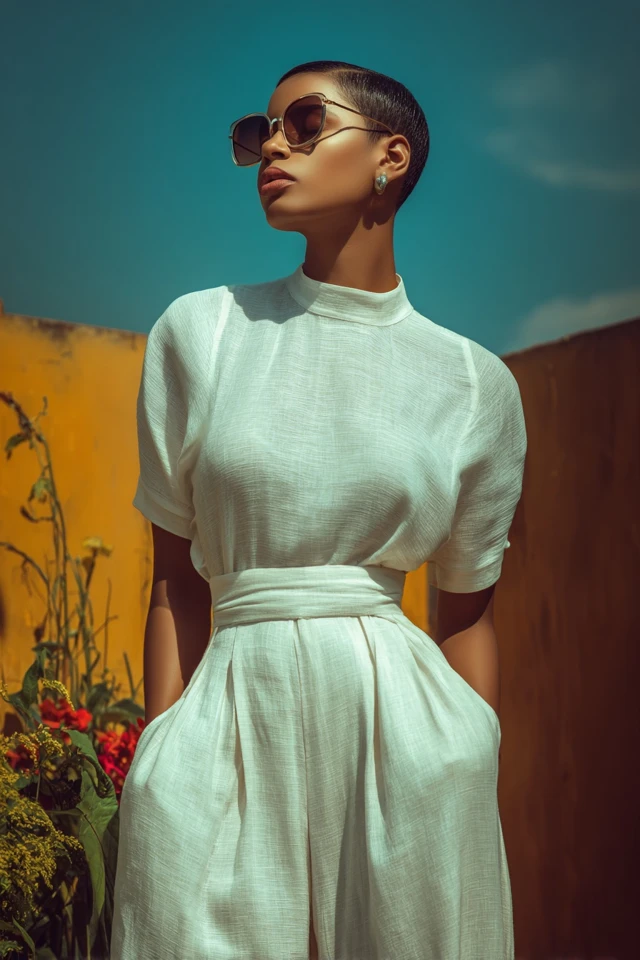Introduction
One of my earliest vivid memories of dressing in minimalist neutral tones was standing in front of my closet on a crisp fall morning, wrestling with the question of what to wear to a pivotal conference presentation. With limited time and an urge to project calm confidence, I chose a simple beige silk blouse paired with tailored camel trousers—no loud patterns, no flashy accessories. That seemingly modest outfit transformed not only how others perceived me but how I felt: poised, grounded, and wholly myself. This moment illuminated the power of neutral tones in fashion, a revelation that has guided my style philosophy ever since.
Minimalist neutral tones are more than a fleeting trend. They represent a timeless aesthetic that transcends fast fashion’s whims and offers a quiet but potent way to express elegance, professionalism, and authenticity. In an era where bold statements often rule, embracing muted palettes can feel like a radical act of subtle rebellion—one that sharpens personal style while nurturing self-assurance.
About the Author and My Trend Boutique
Why does this matter today? Because what we wear not only shapes first impressions but also influences our mood, productivity, and interpersonal impact. Understanding how to harness the minimalist neutral palette is a key tool in the modern style arsenal, especially when dressing to impress without sacrificing comfort or identity. This post will dive deeply into the psychology, trends, and practical style advice surrounding minimalist neutral tones, empowering you to curate a wardrobe that feels both timeless and refreshingly you.
Foundational Concepts
Before exploring the nuances of minimalist neutral tones, it’s crucial to ground ourselves in several foundational ideas—color psychology, trend forecasting, and the art of dressing to impress—that collectively inform how we interpret and wear fashion.
Color Psychology
Color psychology studies how hues influence human emotions and behaviors. Researchers have long found that colors evoke visceral responses: for example, reds can increase energy and assertiveness, blues inspire calm and trust, and neutrals—comprising shades like beige, ivory, taupe, and gray—promote feelings of stability, sophistication, and balance. My doctoral research highlights that neutral colors often serve as the perfect “blank canvas,” subtly enhancing wearer confidence by avoiding visual distractions and signaling a polished, intentional presence.
Trend Forecasting
Understanding trends is as much about deciphering cultural movements as it is about following fashion cycles. Season after season, neutral tones re-emerge, often heralded by designers who recognize their versatility and universal appeal. Yet, trend forecasting is not merely about replication; it involves adapting core elements to present-day contexts. For example, the increasing focus on sustainability has propelled organic, earth-toned neutrals into the spotlight, reinforcing the connection between style and conscientious living.
Dressing to Impress
To dress to impress involves more than donning stylish clothes; it calls for intentional choices that communicate competence and confidence. Neutral tones facilitate this by creating an understated but refined backdrop for expression. When paired with clean lines and thoughtful tailoring, neutrals make it easier to command attention without shouting for it. I often advise clients that mastering this subtle wardrobe language pays dividends in professional and social settings alike.
Relatable stories abound; I recall mentoring a young professional who felt overwhelmed by loud patterns but flourished after simplifying her wardrobe to soft grays and creams, instantly elevating her presence at client meetings. This demonstrates that minimalist neutral tones can be transformative, accessible to all.
Picture Gallery
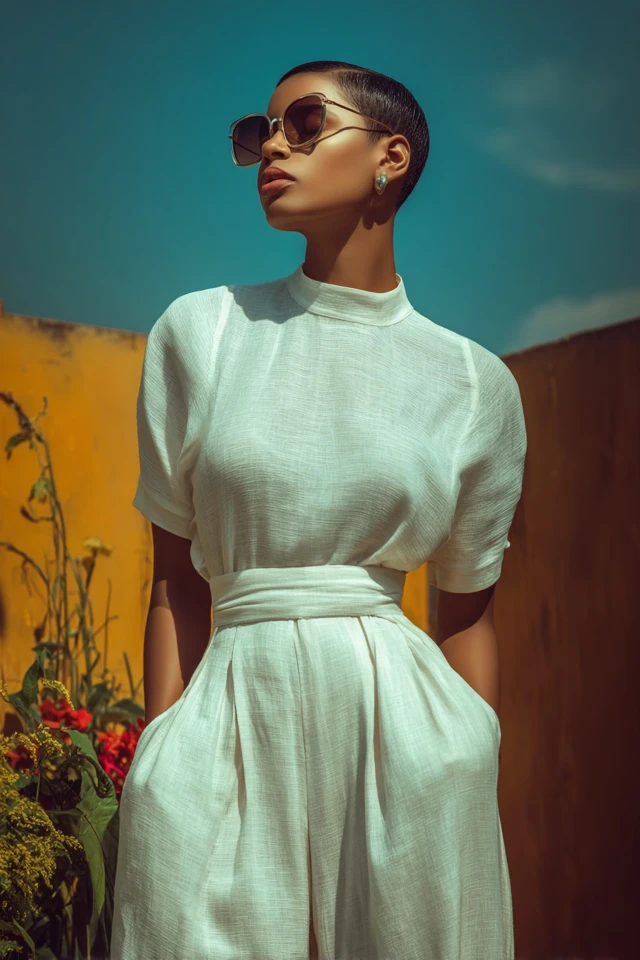
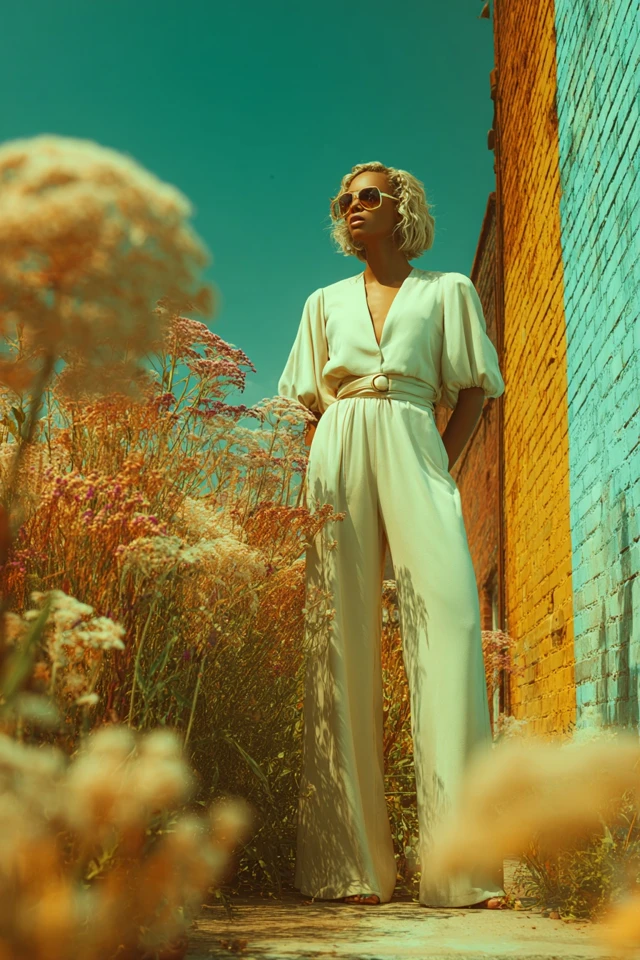
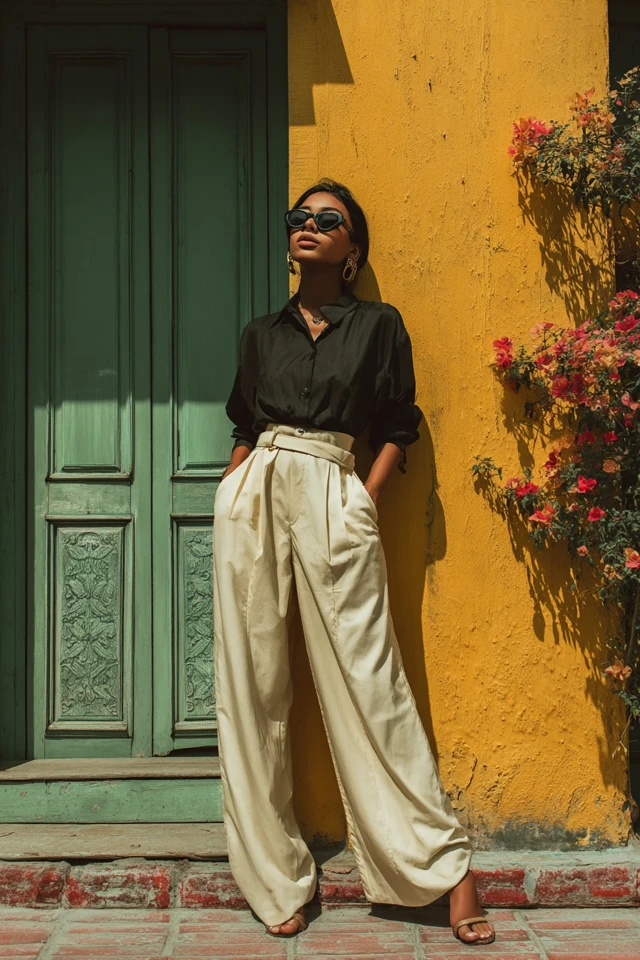
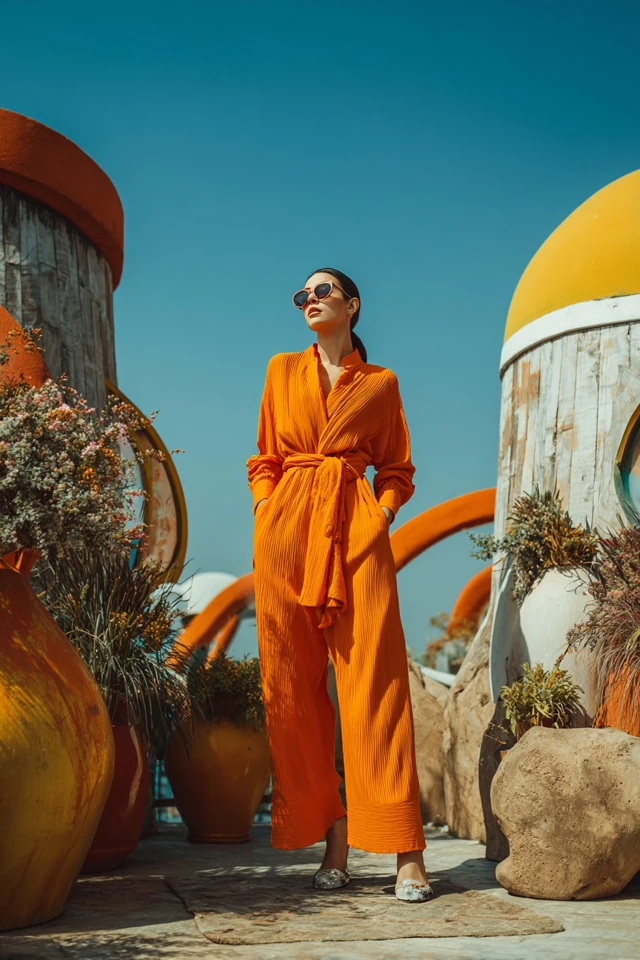
Color Psychology & Emotional Impact
Color impacts perception in powerful, measurable ways. Studies show that neutrals influence mood by creating a calming environment, helping to reduce anxiety and increase focus. When you choose soft neutrals like sand or oatmeal, you invite warmth and approachability. Meanwhile, cooler neutrals such as stone or slate gray evoke professionalism and calm rationality.
First impressions often hinge on these subconscious cues. For instance, someone clad in a charcoal gray suit may be perceived as more authoritative and reliable compared to a more flamboyant outfit. Neutral colors provide a sophisticated canvas that directs attention to your demeanor, words, and actions rather than your clothing, which can sometimes be overwhelming. This aligns perfectly with the science of dressing to impress—where the goal is to enhance rather than overshadow your presence.
In my spectrums of style workshops, I demonstrate how strategic use of neutrals can bolster self-confidence by minimizing decision fatigue while maximizing impact. This approach also opens doors for layering optional pops of color through accessories or makeup, allowing tailored expression within a neutral foundation.
Personal Style & Body Type Considerations
While neutral tones offer universal appeal, personal style and physical characteristics must guide how these hues are worn for the most flattering effect. Let’s explore key considerations:
Silhouettes and Fabrics
- Hourglass figures: Emphasize your waist with structured yet soft fabrics like linen blends or cotton twill in natural tones such as ivory or light khaki. Wrap dresses and high-waisted trousers in warm beige highlight curves without excess bulk.
- Rectangular bodies: Experiment with textures like ribbed knits or suede to add dimension. Layering neutral layers—like a camel jacket over a cream sweater—creates visual interest and depth.
- Petite frames: Opt for streamlined silhouettes with minimal fabric volume to avoid overwhelming your stature. Soft gray or blush-toned fabrics in fitted cuts elongate and enhance your shape elegantly.
- Taller figures: Embrace long lines and fluid draping in neutral tones like soft taupe or oatmeal. A monochromatic look can emphasize your height without interruption.
Complexion and Hue Selection
Your skin undertone plays an essential role in selecting neutral hues that complement your natural coloring:
- Warm undertones: Favor creamy ivories, camel, caramel, and soft gold neutrals that harmonize with golden undertones.
- Cool undertones: Lean towards slate, dove gray, soft white, and muted stone shades that enhance cool complexions.
- Neutral undertones: Lucky you have flexibility across the neutral spectrum; experiment with beige, taupe, and all shades between warm and cool neutrals.
Quick Style Quiz: Which Neutral Tone Fits You Best?
- Do you feel more energized in warm, sunlit environments or cool, shaded spaces?
- Does your jewelry preference lean toward gold, silver, or mixed metals?
- Which natural settings do you find most calming: deserts, forests, or coastal?
Answers leaning towards warmth suggest embracing camel and beige tones, while those favoring cooler environments might gravitate toward gray and stone hues. Mixed preferences signal an eclectic neutral palette.
Current Trends & Timeless Classics
The beauty of minimalist neutral fashion lies in its dual nature: it is both eternally classic and continuously evolving. Among current trends, natural undyed fabrics and artisan textures dominate, reflecting a collective shift toward mindful consumption and sustainability.
Popular colors include soft mocha, muted greige (a blend of gray and beige), and dusty taupe, oftentimes paired with minimalist cuts like oversized blazers, wide-leg trousers, and relaxed shirting. These pieces echo modern comfort without sacrificing elegance, perfect for work-from-anywhere lifestyles.
Timeless classics remain foundational: silk white blouses, tailored trench coats, and impeccably knit cashmere sweaters. By mixing new trending pieces with these evergreen staples, you create a capsule wardrobe adaptable to any occasion.
For example, pairing a current oversized oatmeal blazer with classic black tailored pants or a silk ivory blouse works impeccably for dressing to impress in professional contexts. Layering soft neutral accessories such as leather belts and linen scarves adds depth and sophistication to your look.
Practical Tips & Recommendations
To embrace minimalist neutral tones fully and stylishly, consider these actionable steps:
- Shop for Quality: Invest in natural fibers like cotton, linen, silk, and wool. They not only wear beautifully over time but also complement neutral tones with their organic textures.
- Wardrobe Maintenance: Proper garment care extends the life of neutral pieces where stains or discoloration are more visible. Use gentle detergents and avoid harsh bleach. Dry clean delicate items.
- Layering Mastery: Build outfits by layering varying textures and hues—think a beige cashmere sweater over a crisp white cotton shirt paired with stone-gray trousers. This approach brings subtle complexity to a neutral palette.
- Accessorize Smartly: Choose understated yet impactful pieces like leather handbags in cognac or soft gray scarves. Metallic accents in matte gold or brushed silver complement neutrals perfectly.
- Color Combinations to Try:
- Warm beige + ivory + soft caramel
- Soft gray + dove blue + muted white
- Stone taupe + blush pink + light cream
- Experiment Gradually: Start by integrating neutral pieces into your existing wardrobe before committing fully. Pair neutral items with a favorite statement piece to ease the transition.
FAQs
- Q: How can I find my signature neutral tone?
A: Assess your skin undertone and lifestyle preferences, then experiment with a few swatches in natural light. Choose the shade that makes you feel most confident and comfortable. - Q: Are minimalist neutral wardrobes expensive?
A: Not necessarily. While quality can cost more upfront, building a capsule wardrobe with versatile neutral pieces reduces impulse buys and saves money long-term. - Q: How do I keep neutral colors from looking boring?
A: Introduce texture, layering, and subtle color variations. Mix fabrics like silk, wool, and cotton, and accessorize thoughtfully to add personality. - Q: Can neutral tones work for all seasons?
A: Absolutely. Light neutrals suit spring and summer, while deeper taupe, camel, and charcoal grays are perfect fall and winter choices. - Q: How can I transition my wardrobe to minimalist neutrals?
A: Start by purging overly loud items and replacing them gradually with timeless neutrals. Focus on key staples like trousers, blouses, and outerwear before expanding.
Conclusion
Minimalist neutral tones are not just a style choice—they are a statement of intentionality, confidence, and timeless elegance. By understanding the underpinning color psychology and carefully considering your body type and personal style, you can curate a wardrobe that empowers and impresses without overwhelming.
Fashion is an ongoing journey of self-expression and exploration. I encourage you to experiment with neutral tones, layering textures and shades to discover what resonates most deeply with your unique personality. Share your experiences and favorite combinations in the comments, and don’t forget to subscribe for more insights on how to marry style with psychology.
Embrace the quiet power of neutrals, and watch as your confidence and style flourish harmoniously.

